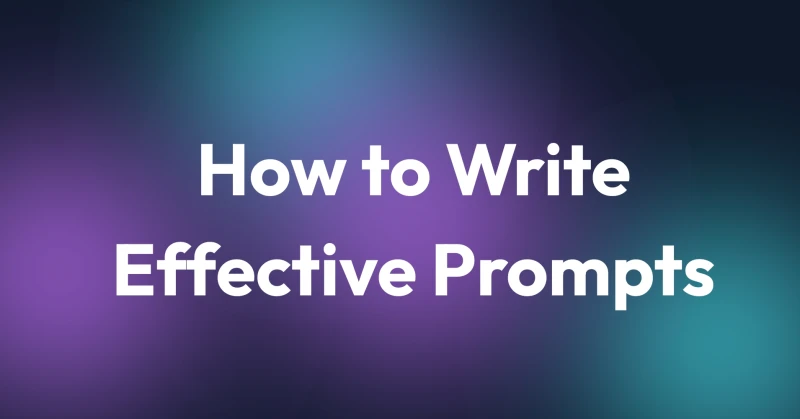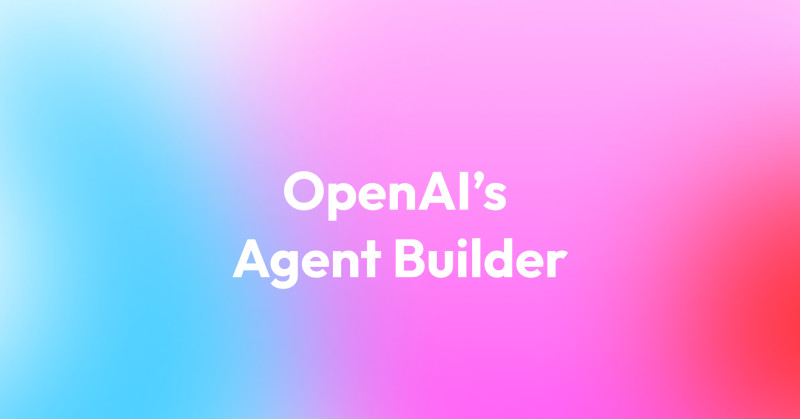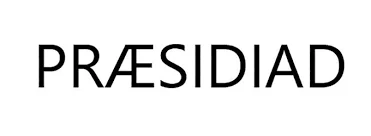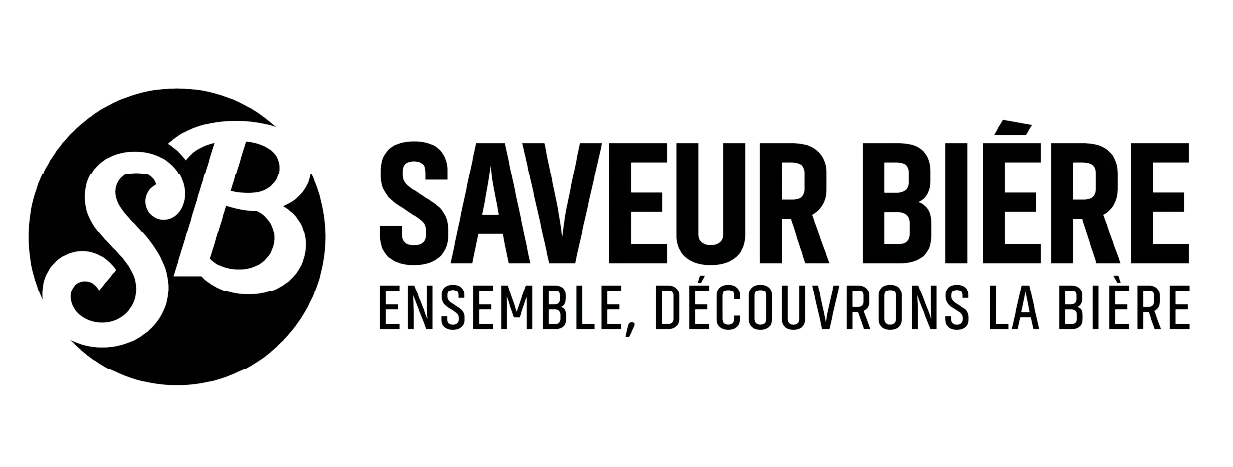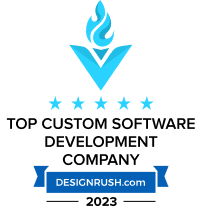In the modern workplace, time and focus are the new currency. Teams are under pressure to deliver more, faster, and with fewer resources. Artificial intelligence (AI) is no longer a futuristic idea—it’s a practical way to streamline tasks, improve communication, and help people focus on meaningful work instead of repetitive chores.

AI tools for productivity combine automation, analytics, and creativity, transforming how teams collaborate and make decisions. Whether you’re in marketing, operations, or customer service, AI can become your digital co-worker—one that never gets tired, forgets, or needs a coffee break.
What are the best AI tools for productivity?
Let's take a look at the most popular tools.
AI for task automation and project management
Tools like Notion AI, ClickUp AI, and Zapier help teams automate repetitive tasks such as data entry, scheduling, or progress tracking.
Notion AI summarizes notes, writes meeting recaps, and helps structure content.
ClickUp AI generates project briefs, task descriptions, and status updates in seconds.
Zapier connects different apps and automates workflows, reducing manual work.
These platforms save hours of administrative time and ensure consistency across projects.
AI for writing and communication
If writing is part of your daily work, AI-powered assistants like ChatGPT, Jasper, or GrammarlyGO can speed up your process.
They generate drafts, rephrase messages, or check tone and clarity.
Marketers use them to brainstorm blog ideas or optimize email campaigns.
Customer support teams rely on AI to handle frequent questions and improve response quality.
Used correctly, these tools enhance creativity instead of replacing it—they act like a brainstorming partner who always has ideas on hand.
AI for data and analytics
When efficiency depends on data, AI analytics tools can make a huge difference.
ChatGPT with Advanced Data Analysis (ADA) can interpret spreadsheets and generate instant insights.
Power BI with Copilot suggests visualizations and summarizes trends automatically.
Tableau GPT allows natural-language queries (“What was our sales growth last quarter?”) and gives data-driven answers without coding.
AI shortens the distance between raw data and actionable conclusions.
AI for meetings and collaboration
Time spent in meetings doesn’t always mean productive time. That’s where tools like Otter.ai, Fireflies.ai, and Grain help.
They transcribe conversations, extract key points, and generate summaries, so teams can focus on decisions instead of note-taking.
Additionally, Google Workspace AI and Microsoft 365 Copilot automatically create meeting notes, draft emails, and suggest next steps.
How AI improves workplace efficiency
AI-driven productivity isn’t just about saving time—it’s about improving quality and decision-making.
Here’s what organizations gain:
Faster workflows: repetitive tasks handled automatically.
Smarter decisions: instant access to insights from data.
Better collaboration: shared AI-generated context and summaries.
Employee satisfaction: less routine, more focus on creative or strategic work.
For example, a marketing team using AI for content creation and analytics can reduce campaign preparation time by up to 40%. The result? Quicker launches and better results with the same resources.
Best practices for implementing AI tools at work
To make AI adoption smooth and effective:
Start with the right processes – identify areas that take the most time or cause bottlenecks.
Test small – try AI tools in one department before scaling.
Train your team – people need to understand how AI works to trust and use it properly.
Set clear guidelines – establish rules for data privacy, accuracy checks, and ethical use.
Measure outcomes – track time saved, output quality, and employee satisfaction.
The future of workplace efficiency with AI
AI will continue to evolve from a supporting tool into a strategic partner. Future systems will predict needs, assign tasks, and provide personalized productivity insights. Instead of juggling dozens of apps, teams will work with one intelligent layer that integrates data, communication, and automation seamlessly.
The organizations that succeed won’t be the ones that simply “use AI” - they’ll be the ones that know how to use it wisely.
Key takeaway
Artificial intelligence isn’t replacing human effort - it’s amplifying it. By automating what’s repetitive and assisting where creativity or analysis is needed, AI allows teams to focus on what really drives value: innovation, strategy, and human connection.
If your workplace still relies on manual workflows, now is the time to experiment with AI tools. Start small, learn fast, and make AI your silent productivity partner.
FAQ: AI Tools for Productivity and Workplace Efficiency
1. How can AI tools improve productivity at work?
AI tools automate repetitive tasks, organize information, and generate insights faster than humans can manually. They help employees focus on creative and strategic work instead of administrative duties. For example, AI can schedule meetings, summarize reports, or create content drafts — all within seconds.
2. What are the best AI tools to boost workplace efficiency?
Some of the most effective tools include:
-
Notion AI for note summarization and knowledge management.
-
ClickUp AI for project organization and task generation.
-
ChatGPT or Jasper for writing and brainstorming ideas.
-
Otter.ai for meeting transcription and summaries.
-
Zapier for workflow automation across apps.
Each of these tools saves time and improves communication across teams.
3. Can AI really replace manual work?
AI doesn’t replace humans — it replaces repetitive, time-consuming processes. Instead of performing every step manually, employees can supervise, refine, and make decisions based on AI-generated results. The best outcomes happen when people and AI work together, combining human creativity with machine precision.
4. How do I start using AI tools in my company?
Begin by identifying processes that consume the most time — such as reporting, data entry, or document creation. Then test one AI tool at a small scale. Once you confirm measurable results (e.g. time saved, fewer errors), expand usage across the organization. Always set clear rules for data privacy and ethical AI use.
5. Are AI productivity tools safe to use?
Most reputable AI tools follow strict data protection standards like GDPR and ISO certifications. However, businesses should still avoid sharing confidential data with public AI platforms. The best approach is to use enterprise-level AI integrations or deploy internal AI models with controlled access.
6. What industries benefit most from AI workplace tools?
AI improves productivity across sectors — from marketing and e-commerce, where it personalizes content and automates campaigns, to finance, where it accelerates risk analysis and reporting. Even manufacturing and education use AI to streamline operations and improve decision-making.
7. What’s next for AI in workplace efficiency?
The future of productivity lies in AI integration — one intelligent layer that connects all tools, data, and workflows. Soon, employees won’t have to switch between multiple platforms. AI assistants will predict what needs to be done, recommend priorities, and even prepare daily summaries automatically.
8. How can AI tools help remote or hybrid teams?
AI enhances remote collaboration by managing communication and keeping information consistent across time zones. Tools like Slack GPT, Microsoft Copilot, and Notion AI summarize conversations, generate action points, and help teams stay aligned without extra meetings.
9. What are the main challenges in adopting AI tools?
The biggest challenges include lack of training, unclear use cases, and resistance to change. Many employees fear AI will replace their jobs, but in reality, it’s a support system. Proper onboarding and transparent communication help teams see AI as an assistant — not a threat.
10. How can companies measure the impact of AI on productivity?
Set clear metrics before implementation: time saved per task, number of automated workflows, error reduction rate, or output quality. Regular reviews help adjust the tools and ensure AI delivers measurable business value.

